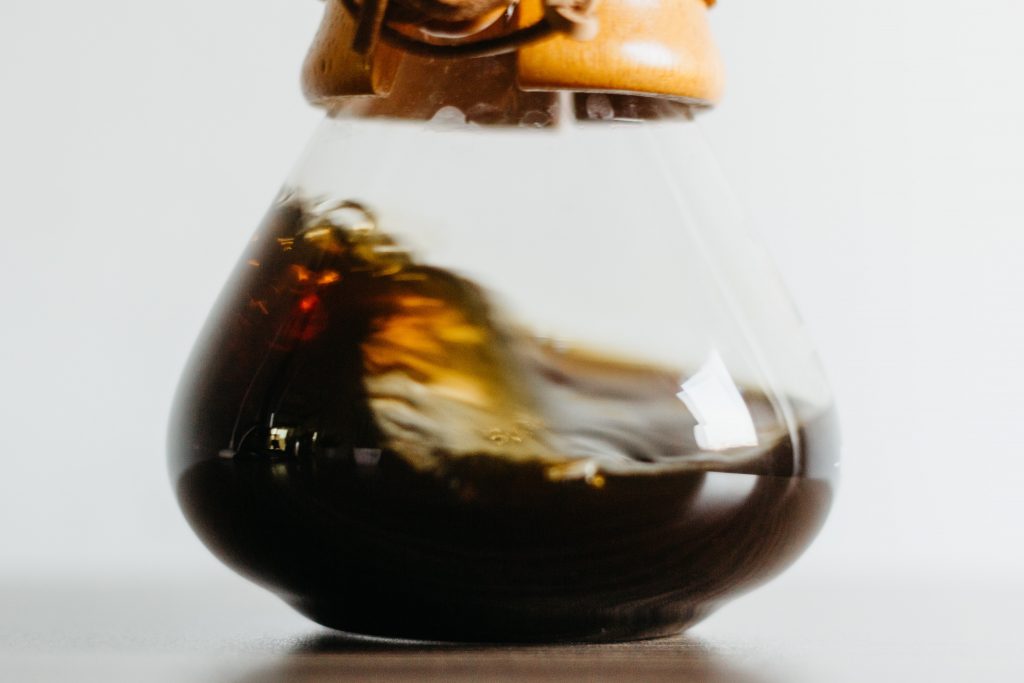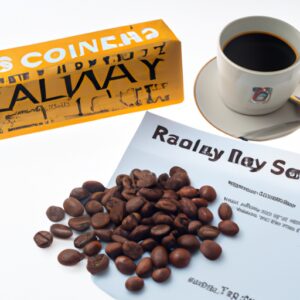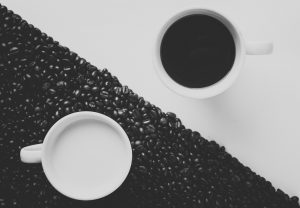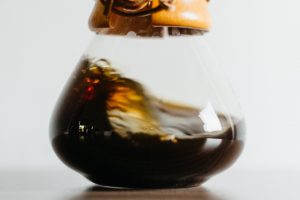How do they make decafinated coffee?
An Article explaining how they make decaf coffee

Decaf coffee is a popular choice for those who love the taste of coffee but want to avoid the caffeine. But how is caffeine removed from coffee beans, and what impact does the process have on the flavor of the final product?
There are several methods for decaffeinating coffee, but the most common method is called the “Swiss Water Process.” This method involves soaking the green, unroasted coffee beans in hot water to extract the caffeine and other soluble compounds. The water is then filtered through a carbon filter to remove the caffeine, leaving the flavor compounds behind.
The water-extracted coffee beans are then discarded, and the flavor-rich water is used to soak a new batch of green coffee beans. As the water is already saturated with flavor compounds, it only extracts a small amount of caffeine from the new batch of beans. The beans are then dried and roasted to produce decaffeinated coffee.
Another method for decaffeinating coffee is called the “direct solvent method,” which involves using a chemical solvent, such as methylene chloride or ethyl acetate, to extract the caffeine from the beans. While this method is effective at removing caffeine, it can also strip the beans of some of their natural flavors.
The “indirect solvent method” is similar to the direct solvent method, but it involves using a solvent to extract the caffeine from the water that is used to soak the coffee beans, rather than directly applying it to the beans. This method is less likely to impact the flavor of the final product, but it is also less efficient at removing caffeine.
Regardless of the method used, decaffeinated coffee is not completely caffeine-free. According to the U.S. Food and Drug Administration (FDA), coffee can be labeled as “decaf” as long as it has 97% of its caffeine removed.
In conclusion, decaffeinated coffee is made by using one of several methods to remove caffeine from the beans. The most common method is the Swiss Water Process, which uses hot water and a carbon filter to extract the caffeine without stripping the beans of their natural flavors. Other methods, such as the direct and indirect solvent methods, can also be used, but they may impact the flavor of the final product. Decaf coffee is not completely caffeine-free, but it does contain significantly less caffeine than regular coffee.




